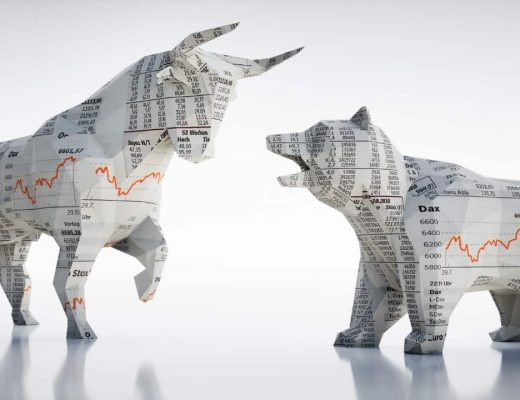Nassim Taleb and his “black swan”: features of the term
The term “Black Swan” was coined by Nassim Nicholas Taleb, who became famous for his books and was formerly a Wall Street trader. It is used to describe economic or social crises that cannot be predicted. That said, the Black Swan can also be applied to positive situations, but those that are dramatically life-changing.
In 2007, Taleb published his book “The Black Swan”, where for the first time he introduced the term to describe large-scale events that affect various spheres. The author identified three characteristics, according to which a particular cataclysm can be considered a “black swan”:
– the unpredictability of the event;
– magnitude;
– prerequisites that can only be determined when the crisis has already occurred.
Taleb notes that such cataclysms have a huge impact on the traditional understanding of the processes of the world. One event can overturn an established way of life, dislocate it and force it to build a familiar plan of action anew. The fact is that mankind expects the development of this or that situation on the basis of experience and events that occurred in the past. The emergence of the “black swan” is impossible to predict since there were no prerequisites for it before. Accordingly, this reduces the level of confidence in the assessments and opinions of experts. For example, the appearance of a “black swan” can bring down the entire market or make attractive assets that were previously considered weak. In this case, no strategy that was effective before will work. A striking example of a “black swan” was September 11, 2001, which led to serious consequences around the world and in various spheres of life. The same cataclysms can include the financial crisis in 1997, which hit Asia, or the dot-com bubble in 2000. In all of these cases, the business models previously used failed and led to major bankruptcies.
For example, the appearance of a “black swan” can bring down the entire market or make attractive assets that were previously considered weak. In this case, no strategy that was effective before will work. A striking example of a “black swan” was September 11, 2001, which led to serious consequences around the world and in various spheres of life. The same cataclysms can include the financial crisis in 1997, which hit Asia, or the dot-com bubble in 2000. In all of these cases, the business models previously used failed and led to major bankruptcies.
In 2008, the world experienced another economic crisis caused by overheating in the U.S. mortgage lending sector. As a result, stock markets around the world sank by $10 trillion, many companies went bankrupt, and 25,000 people became unemployed. As is typical of all “black swan” cases, experts said that this development could have been predicted even after the onset of the pandemic.
The pandemic was also a “black swan” for the world that changed global processes forever. In addition, this case showed how unprepared the world community was for such large-scale catastrophes.
According to Taleb, the main reason for the emergence of “black swans” is to ignore a number of factors that may indicate the approach of the crisis. For example, humanity tends to trust mathematical analysis, although in real life it can be ineffective.










